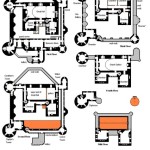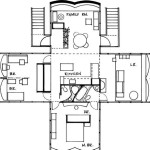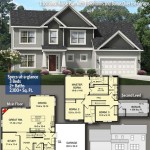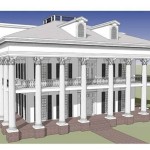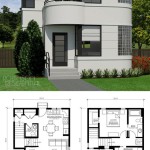The Floor Plan of the British House of Commons
The British House of Commons is the lower house of Parliament and is made up of 650 elected Members of Parliament (MPs). The chamber where the MPs meet is located in the Palace of Westminster, and it is a unique and historic building.
The floor plan of the House of Commons is designed to reflect the adversarial nature of British politics. The two main parties, the Conservatives and Labour, sit on opposite sides of the chamber, facing each other. The Prime Minister and other government ministers sit on the front bench of the Conservative side, while the Leader of the Opposition and other shadow ministers sit on the front bench of the Labour side. The Speaker of the House, who is responsible for maintaining order and decorum in the chamber, sits in a raised chair in the center of the room.
The floor plan of the House of Commons also includes a number of other features, such as the dispatch box, the mace, and the public galleries. The dispatch box is a wooden box that is used by ministers to deliver speeches and answer questions from MPs. The mace is a ceremonial staff that is carried into the chamber at the start of each sitting day. The public galleries are located above the chamber and are open to visitors.
The floor plan of the House of Commons has remained largely unchanged for centuries. It is a reflection of the history and traditions of British democracy, and it is a unique and iconic building.
Key Features of the Floor Plan
The following are some of the key features of the floor plan of the House of Commons:
- The chamber is rectangular in shape and is divided into two halves by a central aisle.
- The two main parties, the Conservatives and Labour, sit on opposite sides of the chamber, facing each other.
- The Prime Minister and other government ministers sit on the front bench of the Conservative side, while the Leader of the Opposition and other shadow ministers sit on the front bench of the Labour side.
- The Speaker of the House sits in a raised chair in the center of the room.
- The dispatch box is located in the center of the chamber and is used by ministers to deliver speeches and answer questions from MPs.
- The mace is a ceremonial staff that is carried into the chamber at the start of each sitting day.
- The public galleries are located above the chamber and are open to visitors.
History of the Floor Plan
The floor plan of the House of Commons has evolved over time, but it has remained largely unchanged for centuries. The original chamber was built in 1366, and it was a much smaller and simpler building than the current one. The chamber was destroyed by fire in 1834, and the current chamber was built in 1852.
The floor plan of the current chamber was designed by Charles Barry and August Pugin. They based their design on the medieval Westminster Hall, and the chamber is a fine example of Victorian Gothic architecture.
The Floor Plan Today
The floor plan of the House of Commons is still used today, and it is a reflection of the history and traditions of British democracy. The chamber is a unique and iconic building, and it is one of the most important buildings in the world.
How Are The Parliament Houses Seating Arranged Quora

Daily Life In The British Parliament Pt I Edwardian Promenade

Palace Of Westminster Wikipedia

6 The Physical And Administrative Setting Chamber House Of Commons Procedure Practice Second Edition 2009

File Plan Of The Houses Parliament And Offices Jpg Wikipedia

The Story Behind London S Iconic Home Design Bloomberg

London Guided Tour Of Houses Parliament Westminster Getyourguide

File The British Museum At Montague House A Layout Plan And Ele Wellcome V0013506 Jpg Wikipedia

Original Builder S Plan Broadcasting House Second Floor For Bbc Science Museum Group Collection

File Augustus Pugin Tribunal House Glastonbury Somerset Ground Floor Plan B1977 8 18 Yale Center For British Art Jpg Wikimedia Commons



